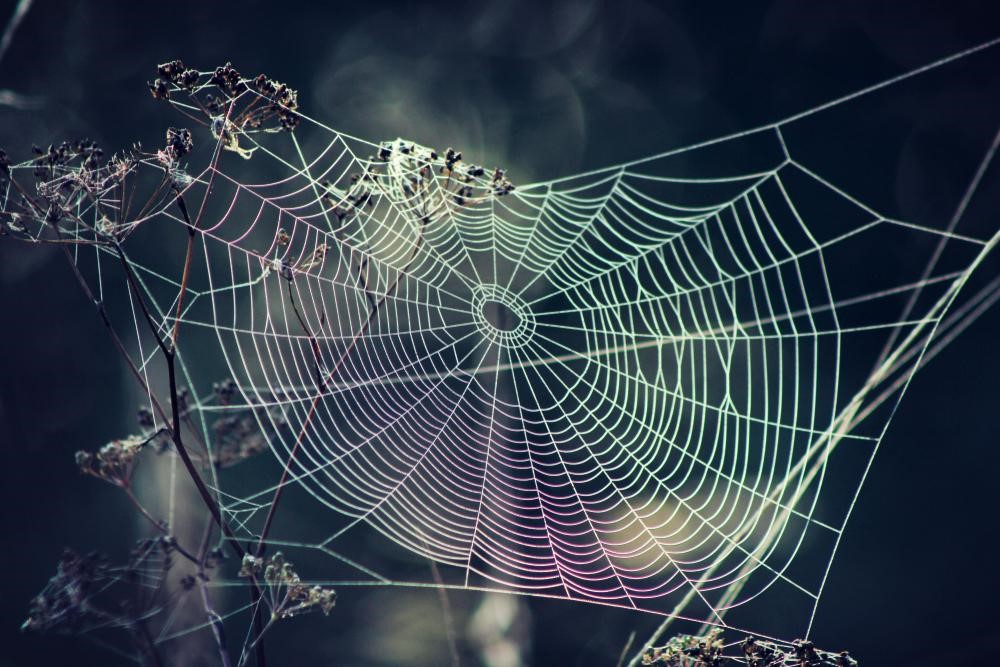
New material with extraordinary mechanical properties inspired from spider silk
The newly developed elastomer features molecules that have eight Hydrogen bonds in one repeat unit, and it is these bonds that help to evenly distribute stress put on the material and make it so durable.
The new material is a type of polymer known as an elastomer because it has a rubber-like elasticity.
The eight Hydrogen bonds are the origin of the extraordinary mechanical properties.
The idea to introduce a higher than usual number of Hydrogen bonds came from nature. "Spider silk contains the same kind of structure".
Scientists have previously noted that spider silk—specifically dragline silk, which provides the spokes and outer rim of a spider's web—is both exceptionally stiff and tough.
Stiffness and toughness are distinct properties in engineering, and are often in opposition. Stiff materials can withstand a lot of stress before deforming, whereas tough materials can absorb a lot of energy before they break.
Until now, replicating the dual stiffness and toughness of spider silk in synthetic elastomers has not been possible. With commercial materials, if you want to have higher stiffness, you have lower toughness. It's a trade-off. You cannot have both.
Researchers saw that as well as the eight Hydrogen bonds distributing stress, the mismatch in stiffness between the hard and soft domains helped to dissipate energy further by encouraging any cracks to branch off instead of continuing along a straight path. "If you have a zig-zag, you create a large fracture surface and dissipate more energy, so you have higher toughness.
Alongside its mechanical properties, the material is optically transparent and research suggests it could even self-heal at temperatures higher than 80°C. If production can be scaled up, the new material could one day be used in flexible electronics—particularly wearable devices that are more prone to damage and breakages.
 English
English Arabic
Arabic


